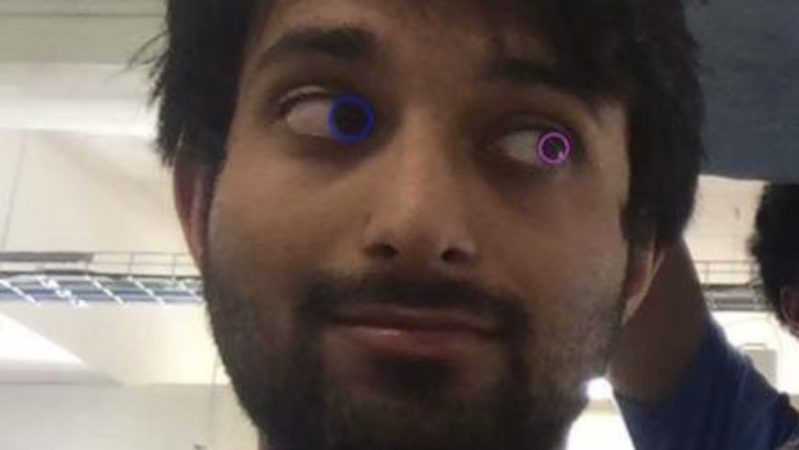For those with quadriplegia, electric wheelchairs with joystick controls aren’t much help. Typically, sip/puff controllers or eye-tracking solutions are used, but commercial versions can be expensive. [Dhruv Batra] has been experimenting with a DIY eye-tracking solution that can be readily integrated with conventional electric wheelchairs.
The system uses a regular webcam aimed at the user’s face. A Python script uses OpenCV and a homebrewed image segmentation algorithm to analyze the user’s eye position. The system is configured to stop the wheelchair when the user looks forward or up. Looking down commands the chair forward. Glancing left and right steers the chair in the given direction.
The Python script then sends the requisite commands via a TCP connection to an ESP32, which controls a bunch of servos to move the wheelchair’s joystick in the desired manner. This allows retrofitting the device on a wheelchair without having to modify it in an invasive manner.
It’s a neat idea, though it could likely benefit from some further development. A reverse feature would be particularly important, after all. However, it’s a great project that has likely taught [Dhruv] many important lessons about human-machine interfaces, particularly those beyond the ones we use every day.
This project has a good lineage as well — a similar project, EyeDriveOMatic won the Hackaday prize back in 2015.


















Self driving wheel chairs when?
Sounds like a great way to get a little freedom. And OpenCV is a great tool for many things.
I just hope he doesn’t fall out when a pretty girl walks by!